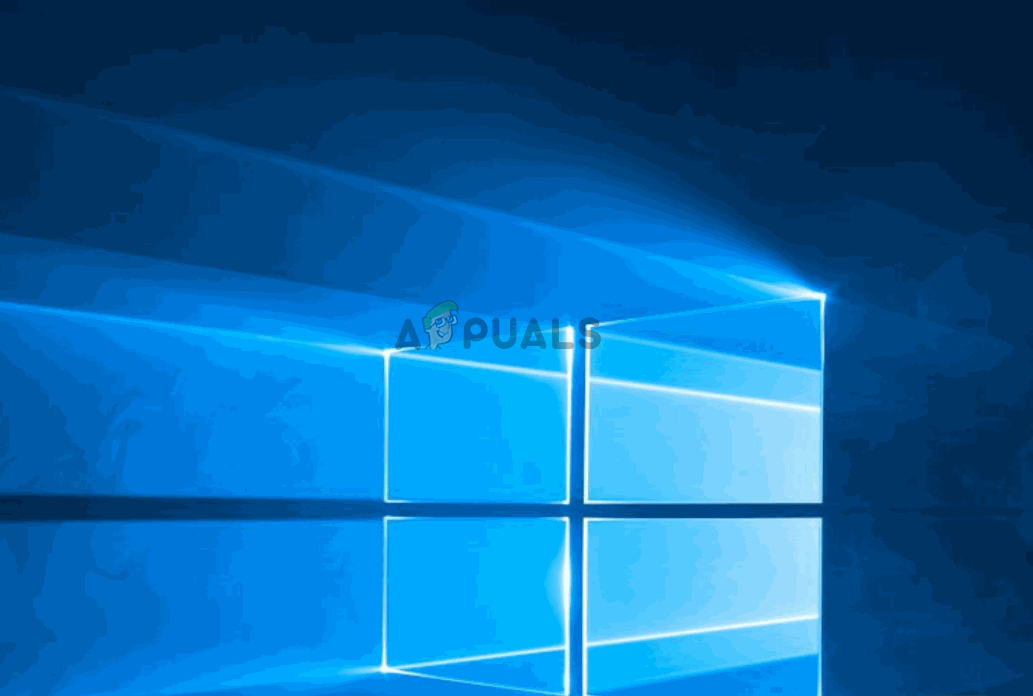Fix: Bluetooth Not in Action Center Windows
Several users are reporting that they are unable to enable/disable Bluetooth from the Action Center, even tough their Bluetooth connection is working properly and they have correctly configured the driver/dongle for it. The majority of users are reporting that the Bluetooth icon has disappeared simultaneously along with the Action Center icon associated with it.
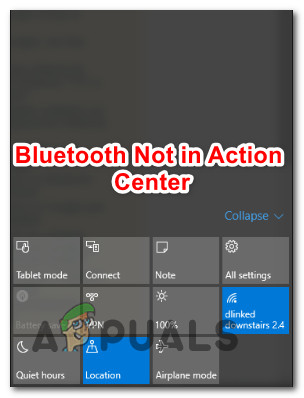
What is causing the Bluetooth button to disappear from the Action Center?
We looked into this particular issue by analyzing various user reports and the fixes that they deployed to rectify the problem. Based on our investigations, several different culprits are known to trigger this particular error message:
- Bluetooth is not added to Quick Actions – A 3rd party tool might have removed Bluetooth from the Quick Actions menu or you might have done this yourself. If this scenario is applicable, you will be able to resolve the issue by using the Notifications & Actions menu to revert to the default behavior.
- PC doesn’t have built-in Bluetooth technology – It’s also possible that the reason why you’re not seeing a Bluetooth entry is that your computer is simply not equipped to support it natively. In this case, you can establish a working Bluetooth connection by using a Bluetooth adapter.
- Outdated / Corrupted Bluetooth drivers – If you’re Bluetooth connection just went AWOL without any warning, you could be a victim of file corruption among your Bluetooth drivers. If this scenario fits your description, then forcing an update on each Bluetooth driver via Device Manager should resolve the issue.
- Bluetooth Support service is disabled – Several 3rd party apps or a manual user action can configure the Bluetooth Support service to remain disabled at all times. In this case, taking a trip to the Servies trip and re-enabling the Bluetooth Support service should make the Bluetooth icon visible again inside the Action Center.
- Fast Startup is interfering with the Bluetooth drivers – There’s no official explanation why this happens, but we managed to find several reports where the Bluetooth feature was effectively broken while Fast Startup was enabled. This is only effective on certain configurations, but disabling the fast startup feature might just resolve the issue.
If you’re currently struggling to resolve this particular issue, this article will present you with several different repair strategies that might just fix the problem. Down below, you’ll find a collection of methods that other users in a similar situation have successfully deployed to make the Bluetooth button visible again inside the Action Center.
Let’s begin!
Method 1: Adding Bluetooth to Quick Actions
A manual user action or a 3rd party utility might have removed Bluetooth from the list Quick Actions inside Action Centre. But luckily, there are some steps that you can follow to force the Bluetooth icon to return there swiftly.
But keep in mind that this method will only be effective as long as you the Bluetooth drivers are correctly configured and operating normally.
Here’s a quick guide on re-adding Bluetooth to the list of quick actions:
- Press Windows key + R to open up a Run dialog box. Then, type “ms-settings:notifications” and press Enter to open up the Notifications & actions menu of the Settings app.
- Once you get there, go to the Quick actions entry and click on Add or remove quick actions.
- From the Add or remove quick actions menu, make sure that the toggle associated with Bluetooth is set to On.
- Once the Bluetooth action is re-enabled, open the Action Center and see if the Bluetooth button is visible again.
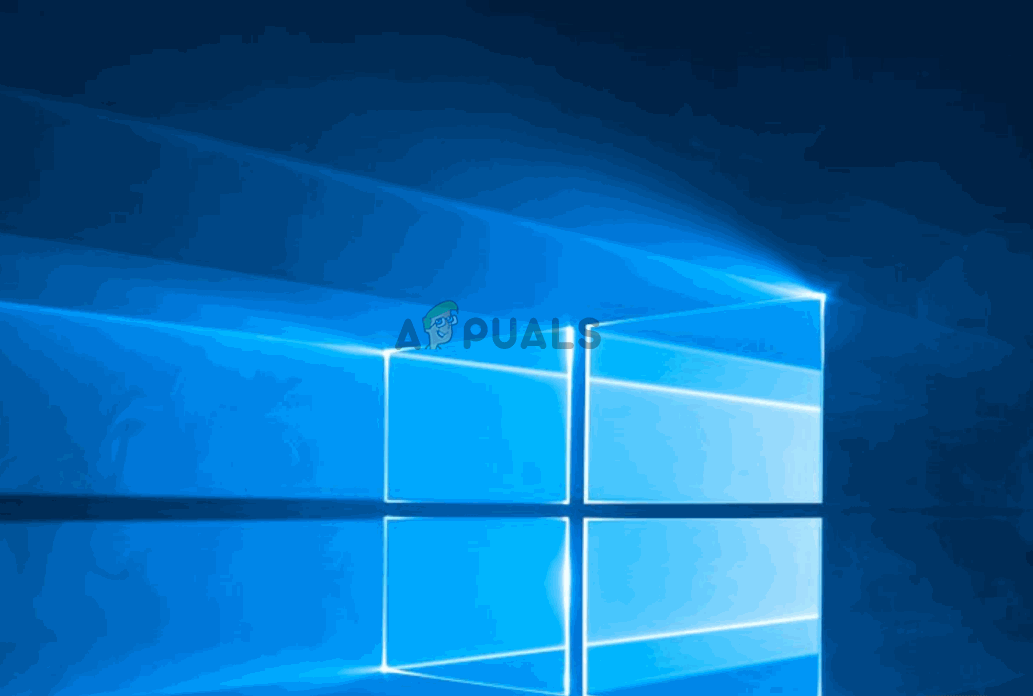
If this method wasn’t applicable, try this procedure below:
- Press Windows key + R to open up a Run dialog box. Then, type “ms-settings:bluetooth” and press Enter to open up the Bluetooth tab of the Settings app.
- Once you get there, scroll down to Related settings and click on More Bluetooth options.
- Inside Bluetooth Settings, go to the Options tab and check the box associated with Show the Bluetooth icon in the notification area.
- Click Apply to save the changes.
- Open the Action Center and see if the Bluetooth icon became visible.
If none of these methods allowed you to make the Bluetooth icon visible inside the Action Center, move down to the next method below.
Method 2: Verifying if Bluetooth is active
If you followed the method above but you had no option of adding Bluetooth to the list of quick actions inside the Action Center, chances are Bluetooth is missing some drivers or your machine doesn’t support this technology.
If you think this might be the case, there are a few checkups that you can perform to investigate whether Bluetooth is supported and correctly configured on your machine. Here’s what you need to do:
- Press Windows key + R to open up a Run dialog box. Then, type “ms-settings:bluetooth” and press enter to open up the Bluetooth & Other devices menu of the Settings app.
- If this menu is visible, chances are that your machine supports Bluetooth and the technology is configured correctly.
Note: If you’re not able to see this menu, Windows isn’t aware that your machine is equipped with Bluetooth. - If the menu was not visible, press Windows key + R to open up another Run dialog box. Then, type “devmgmt.msc” and press Enter to open up Device Manager.
- Inside the list of available devices inside Device Manager, see if you have a Bluetooth Menu. If you don’t, it means that your computer is either not equipped with a Bluetooth device natively (in which case you’ll need a Bluetooth adapter dongle to make it visible) or you’re missing some Bluetooth drivers.
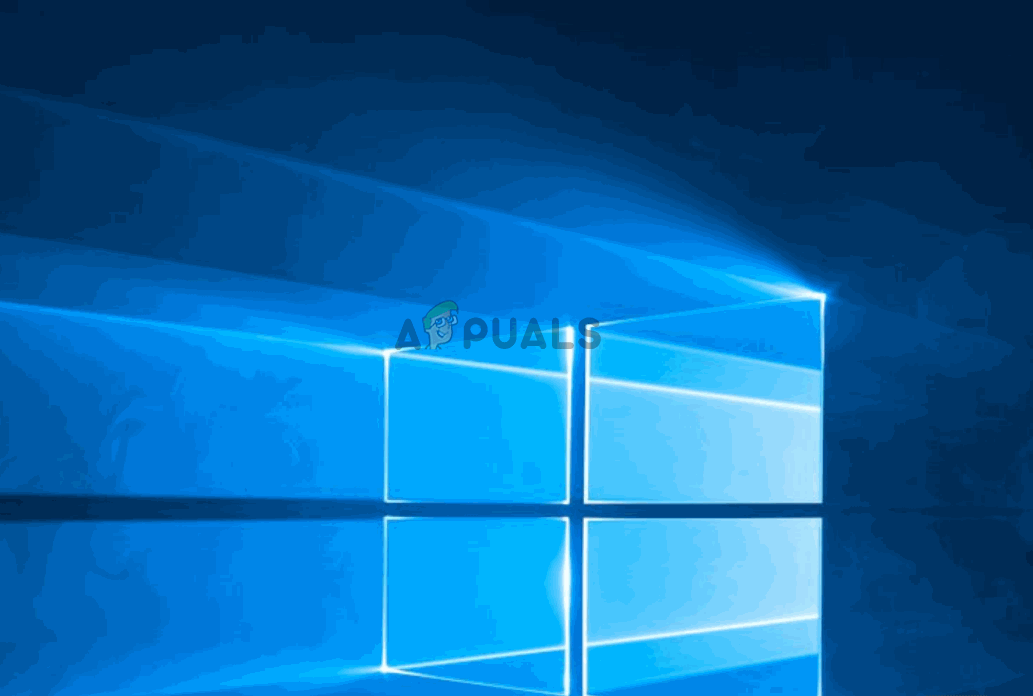
If the investigations above revealed that your computer is indeed equipped to support Bluetooth, move down to the next method below for another potential repair strategy.
If the investigation you’ve just performed revealed that your computer doesn’t support Bluetooth natively, equipping it with a USB Bluetooth adapter should make the Bluetooth visible inside the Action Menu.
Method 3: Running the Bluetooth troubleshooter
Fortunately, Windows 10 is equipped with a utility capable of resolving the most common issues that will break the functionality of the Bluetooth function. Several affected users have reported that the issue was resolved after they ran the Bluetooth troubleshooter.
Here’s a quick guide on how to do this:
- Press Windows key + R to open up a Run dialog box. Inside the Run box, type “ms-settings:troubleshoot” and press Enter to open up the Troubleshooting tab of the Settings app.
- Inside the Troubleshoot tab, scroll down to “Find and fix other problems”, choose Bluetooth, then click on Run the troubleshooter.
- Wait until the initial investigation phase is over.
- If some issues are discovered, the troubleshooter will automatically apply some repair strategies that should resolve the issue.
- Once the procedure is complete, restart your computer and see if the Bluetooth icon is visible inside the Action Center once the next startup is complete.
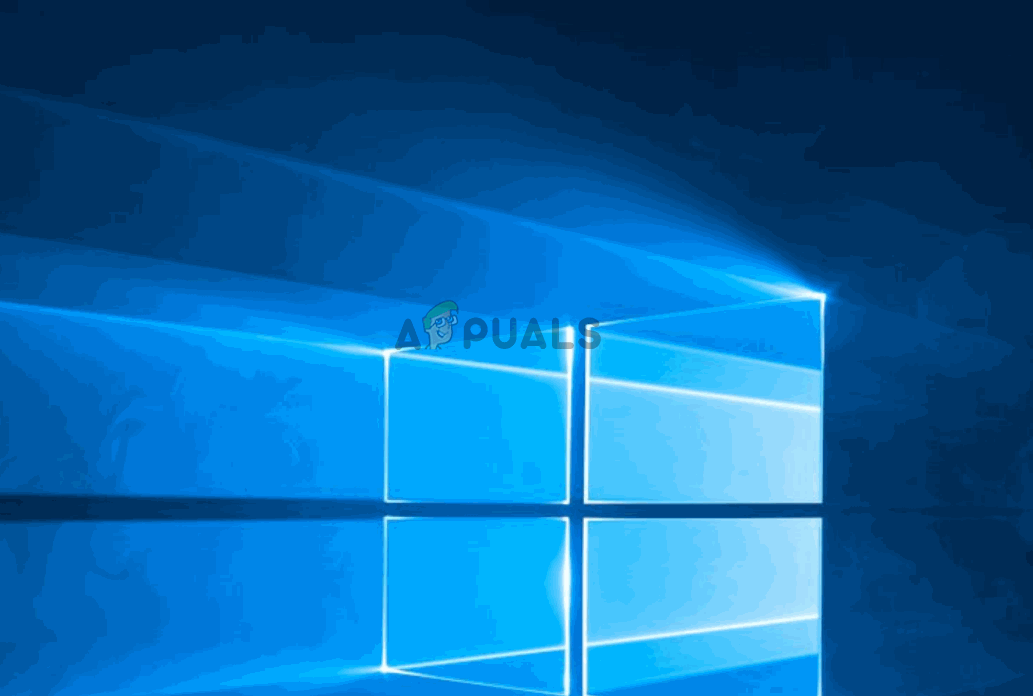
If you’re still encountering the same issue, move down to the next method below.
Method 4: Updating each Bluetooth device
Several affected users have reported that the issue was resolved after they revisited each Bluetooth device inside Device Manager and forced updates with each of them. After doing this and performing a restart, the Bluetooth icon swiftly returned to the Action Center menu.
Here’s a quick guide on updating each Bluetooth device:
- Press Windows key + R to open up a Run dialog box. Next, type “devmgmt.msc” and press Enter to open Device Manager.

Running Device Manager via Run box - Inside Device Manager, expand the drop-down menu associated with Bluetooth.

Updating every Bluetooth driver Note: To ensure you’re not missing anything, go to View and make sure that the box associated with Show hidden items is checked.
- At the next screen, click on Search automatically for updated driver software and wait for the process to complete.

Updating the Bluetooth driver automatically - Right-click on each available entry and choose Update Driver. Do this systematically until every Bluetooth device is updated.
Important: If you’re seeing any entries with an exclamation point, uninstall them completely. - Restart your computer and see if the issue has been resolved at the next startup.
Method 5: Enabling the Bluetooth Support Service
Another possible scenario in which the Bluetooth icon remains invisible in the Action Center is if the Bluetooth Support service is disabled from the Services screen. Several affected users have reported that they managed to resolve the issue after re-enabling the Bluetooth Support service manually. A 3rd party application, a restrictive power plan or a manual action might have disabled the service permanently.
Here’s a quick guide on enabling the Bluetooth Support Service:
- Press Windows key + R to open up a Run dialog box. Then, type “services.msc” and press Enter to open up the Services window.
- Inside the Services screen, scroll down through the list of services and locate the Bluetooth Support Service.
- Once you see it, double-click on it, go to the General tab and set the Startup type to Automatic. Then, click Apply to save the changes.
- Restart your computer and see if the Bluetooth icon is now visible inside the Action Center.
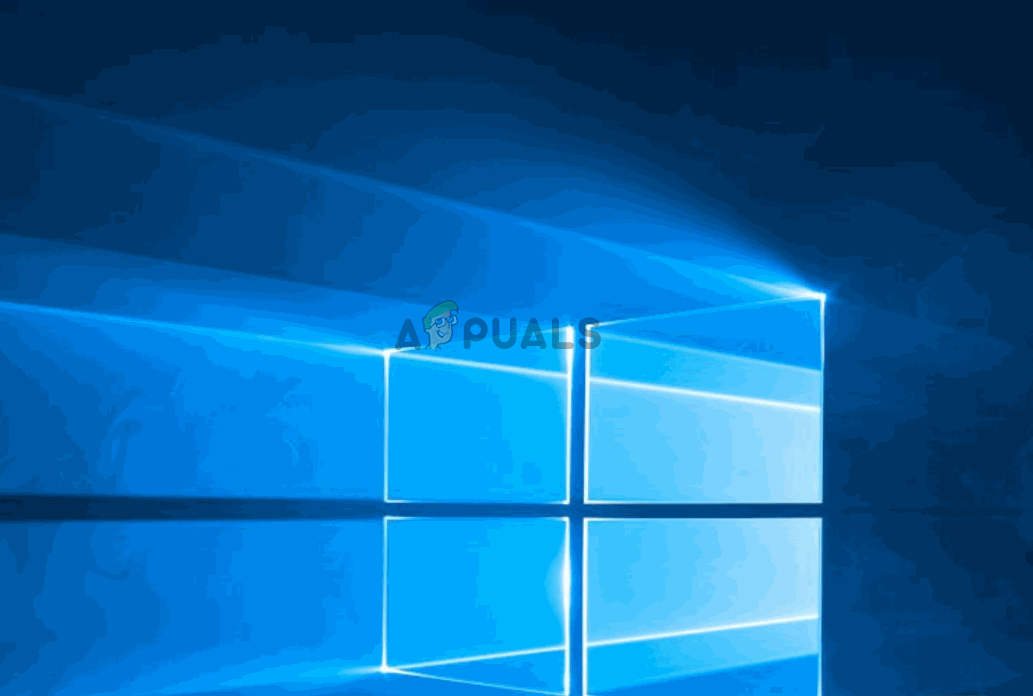
If the issue is still not resolved, move down to the next method below.
Method 6: Disable Fast Startup
Some affected users have reported that the Bluetooth icon started becoming visible inside the Action Center menu after they disabled the Fast Startup feature on Windows 10, This might make your startup times a little longer, but it’s worth the tradeoff if you need a quick action icon for your Bluetooth feature.
Here’s a quick guide on disabling the Fast Startup feature on Windows 10:
- Press Windows key + R to open up a Run dialog box. Then, type “ms-settings:powersleep” and press Enter to open up the Power & Sleep tab of the Settings app.
- Once you get to the Power & sleep menu, scroll down to the Related settings menu and click on Additional power settings.
- From the Power Options menu, click on Choose what the power buttons do.
- Inside the System Settings menu, start by clicking on Change settings that are currently unavailable.
- Uncheck the box associated with Turn on fast startup (recommended) and click on Save Changes.
- Restart your machine and see if the Bluetooth icon is visible inside the Action Center once the next startup is complete.
